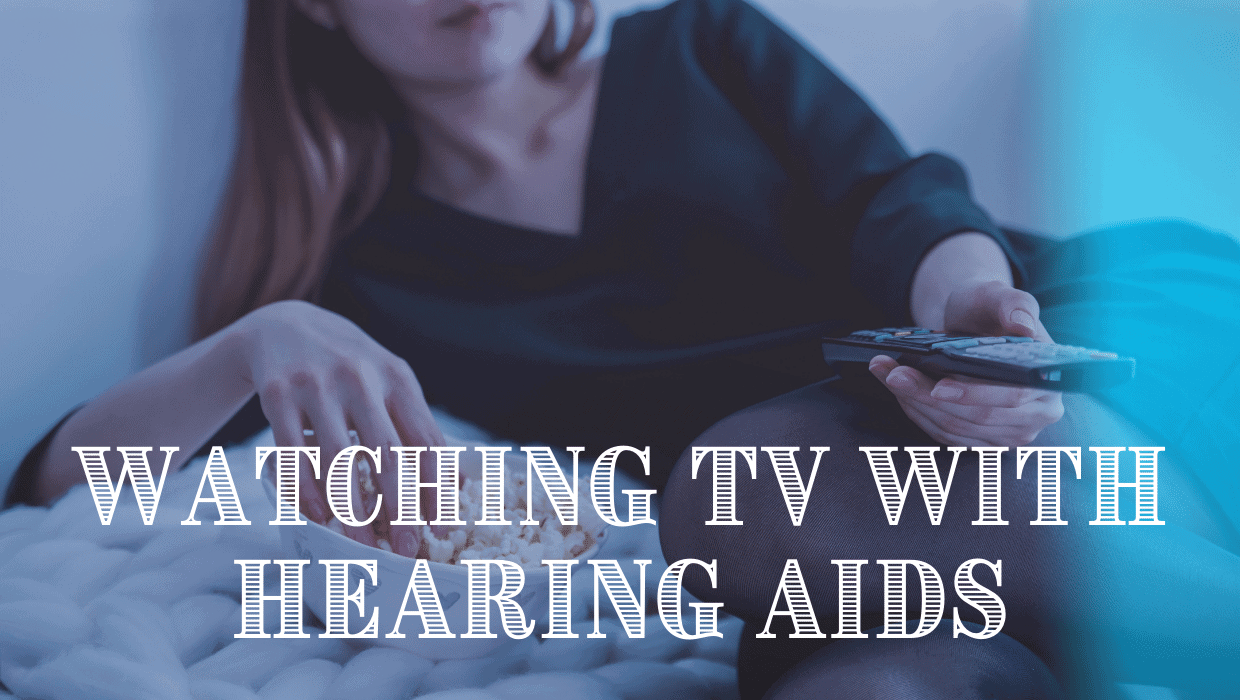If you have hearing loss, doing basic activities can become challenging and this includes watching tv. Frequently increasing the volume on your electronic devices is one of the most common signs of hearing loss. The third most common chronic health condition that older adults experience, hearing loss impacts over 40 million people in the U.S. Fortunately, there are effective ways it is treated that enhance hearing ability. Hearing aids are the most common treatment and are designed to absorb, amplify, and process sound. This allows people to hear significantly better and communicate more effectively. Hearing aids also support people engage in activities, like watching tv, with greater ease and comfortability.
How Hearing Aids Work
Hearing aids have three main components:
- Microphone: collects sound from the environment and converts the soundwaves into electrical signals.
- Processor/Amplifier: converts the electrical signals into digital signals that can be programmed to meet a person’s specific hearing needs. It also amplifies the signals.
- Speaker: the signals (and their amplified power) are then sent to the inner ear through the speaker.
There is a wide range of hearing aids that include various features, styles, and technologies. They can be divided into two main types:
- In-the-ear (ITE): a custom mold is taken of your ear which allows the device to perfectly sit in your ear canal.
- Behind-the-ear (BTE): are worn behind or on top of the outer ear. A tube connects the device to a custom earmold worn in the ear canal.
Within these types of hearing aid devices, there are also styles that can be better suited depending on the specifics of your hearing loss. It is important to note that these components can be adjusted and programmed to better address your hearing needs.
Tips for Watching TV
Like most electronics today, hearing aids have experienced significant innovation. There are incredible features that make it easier to manage tasks, participate in activities, and do basic things in daily life. You can maximize your hearing and improve accessibility while watching tv by utilizing the following tips:
1. Program the Right Settings
Hearing aids are complex pieces of technology! They can actually be programmed to meet your hearing needs in specific environments. A program can be created that is specific to watching television. Typically, you work with a hearing healthcare specialist to establish these settings. You will need to know how to switch back and forth between settings. There are features that these settings can maximize, making it easier to watch tv. This includes noise cancellation which reduces background noise, allowing you to hear what you are watching more clearly. You can work with the specialist to make sure the settings are adequately working for you.
2. Use Wireless Connectivity
Many hearing aids now feature Bluetooth technology which wirelessly connects your hearing device to other electronic devices including your tv. This allows your hearing aids to stream the audio from the tv directly to your hearing device. Pairing your hearing aids and tv (usually by just pressing one button) improves the quality of the sound, making it easier to hear and process.
3. Use Closed Captions
Closed captions refer to the text of what you are watching to also appear on the screen. This can be useful because in addition to hearing, it allows you to read what is being said which can make it easier to follow along. This is particularly useful because even with hearing aids, you may struggle with specific words or sounds. Applying the closed captions can help you better understand and watch more comfortably. Most tv’s and all streaming platforms, offer closed captions so you just have to turn it on!
Hearing aids are an important investment that are integral to your overall health and wellness. They strengthen communication, improve relationships, and support you throughout the day doing fundamental things. It is critical that you know how to maximize their capacity and how to best use them in the different environments you move through.
If you have more questions and would like to explore the settings for watching tv, you can consult with us! We will be happy to thoroughly discuss your options with you.

